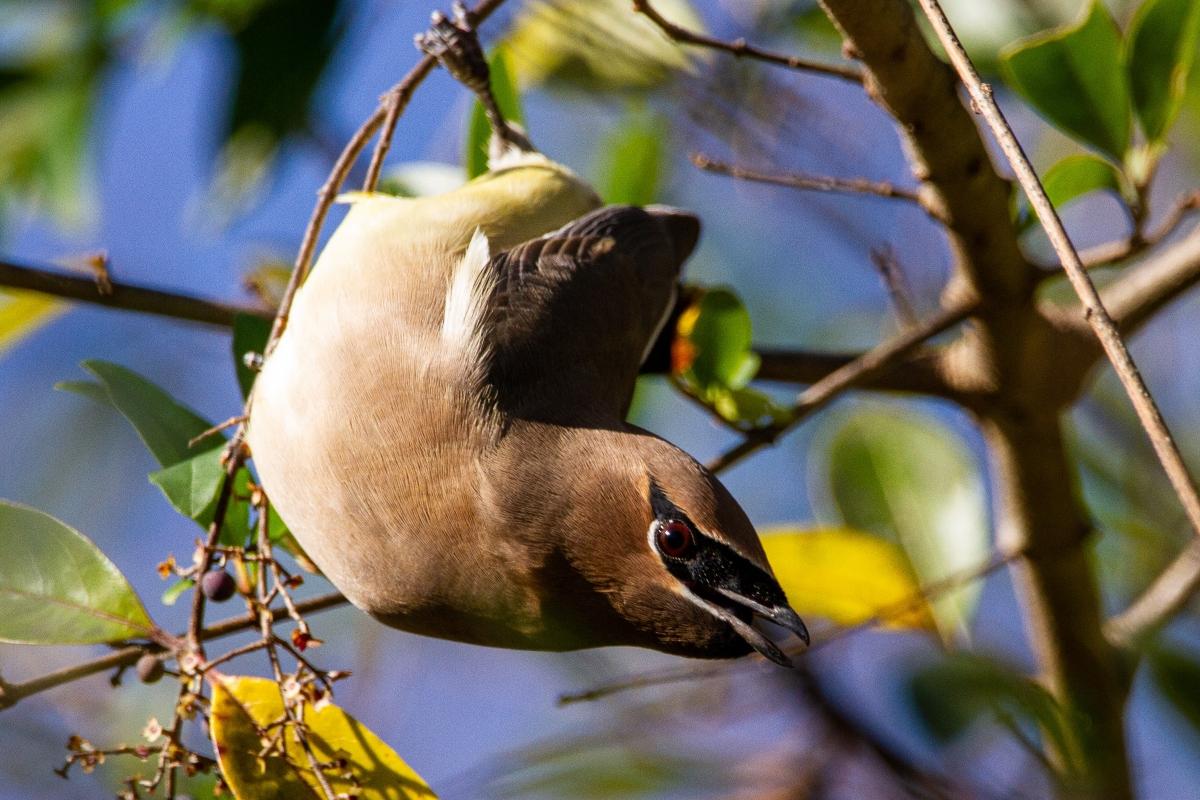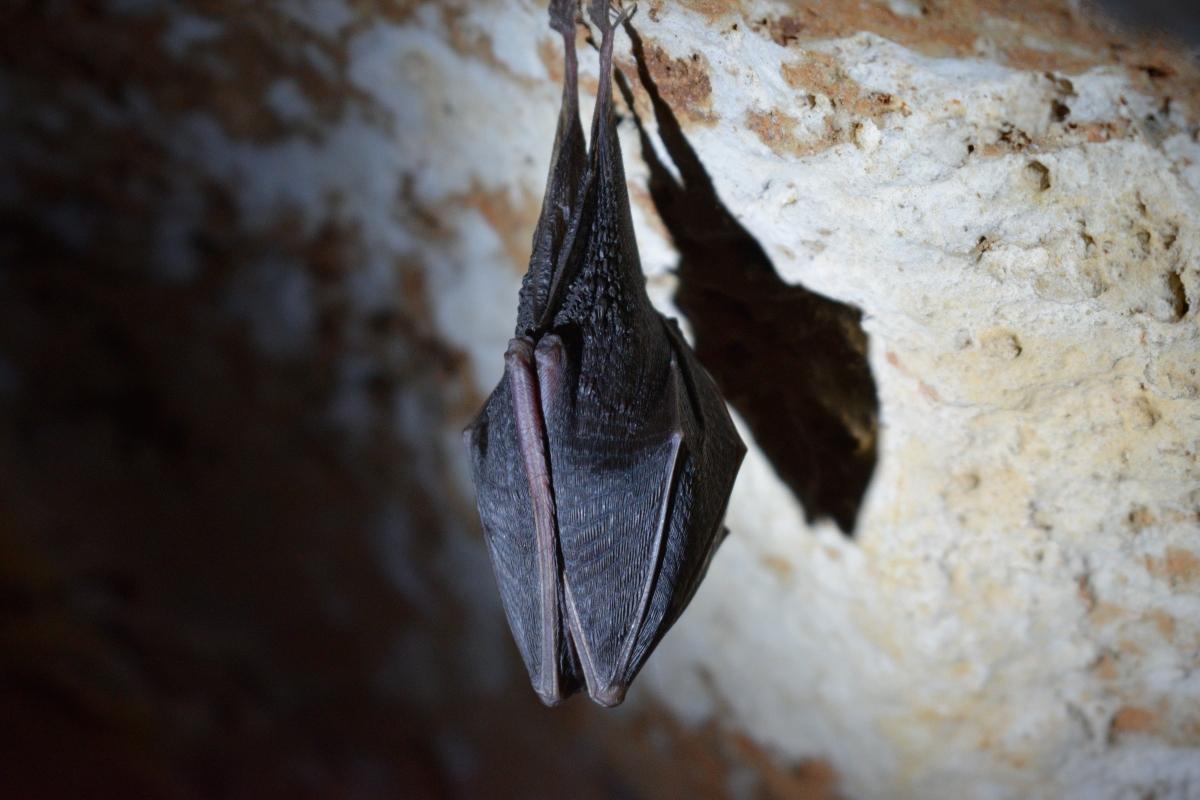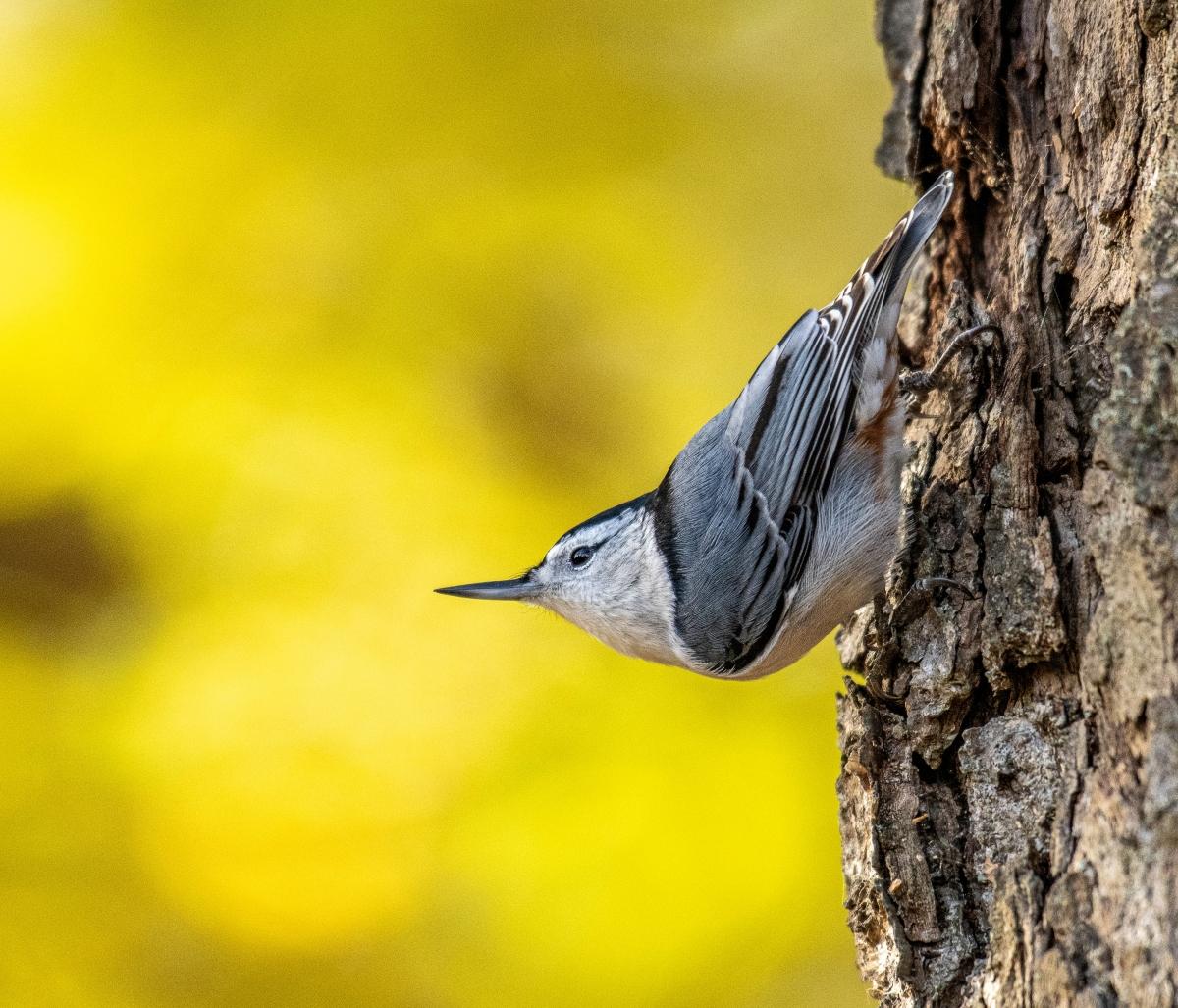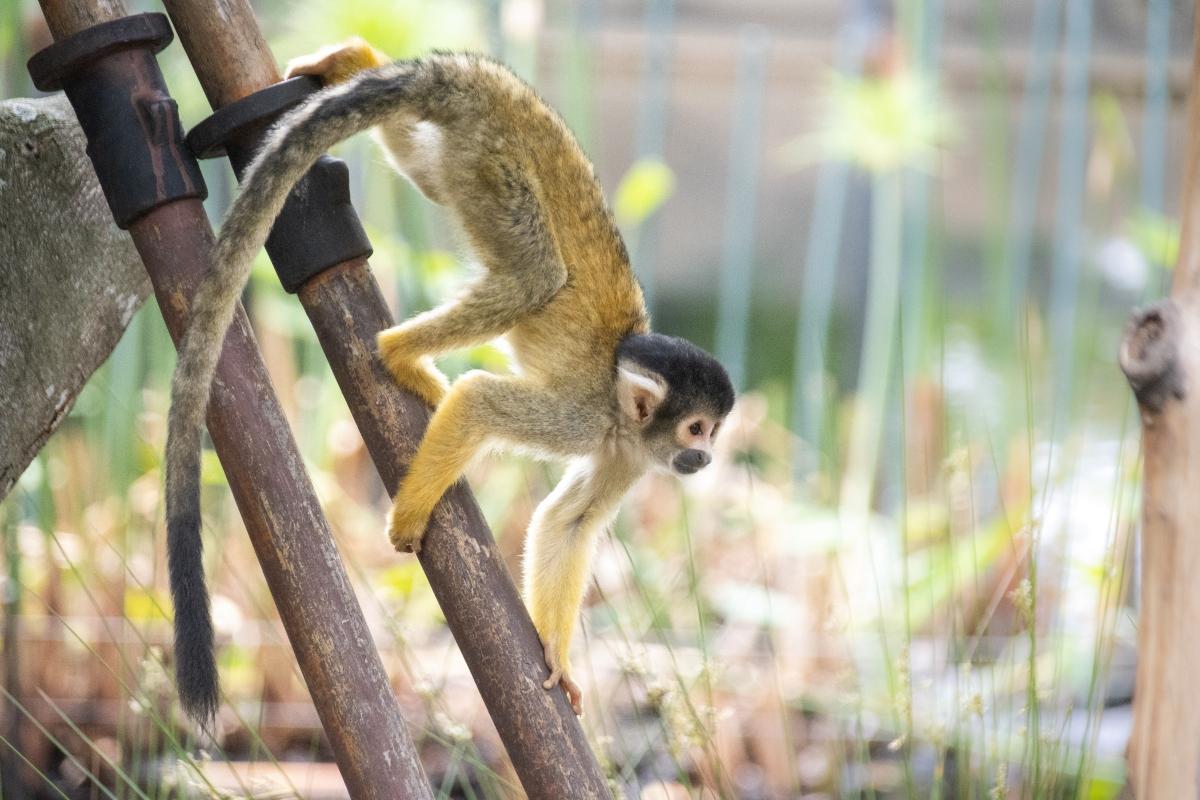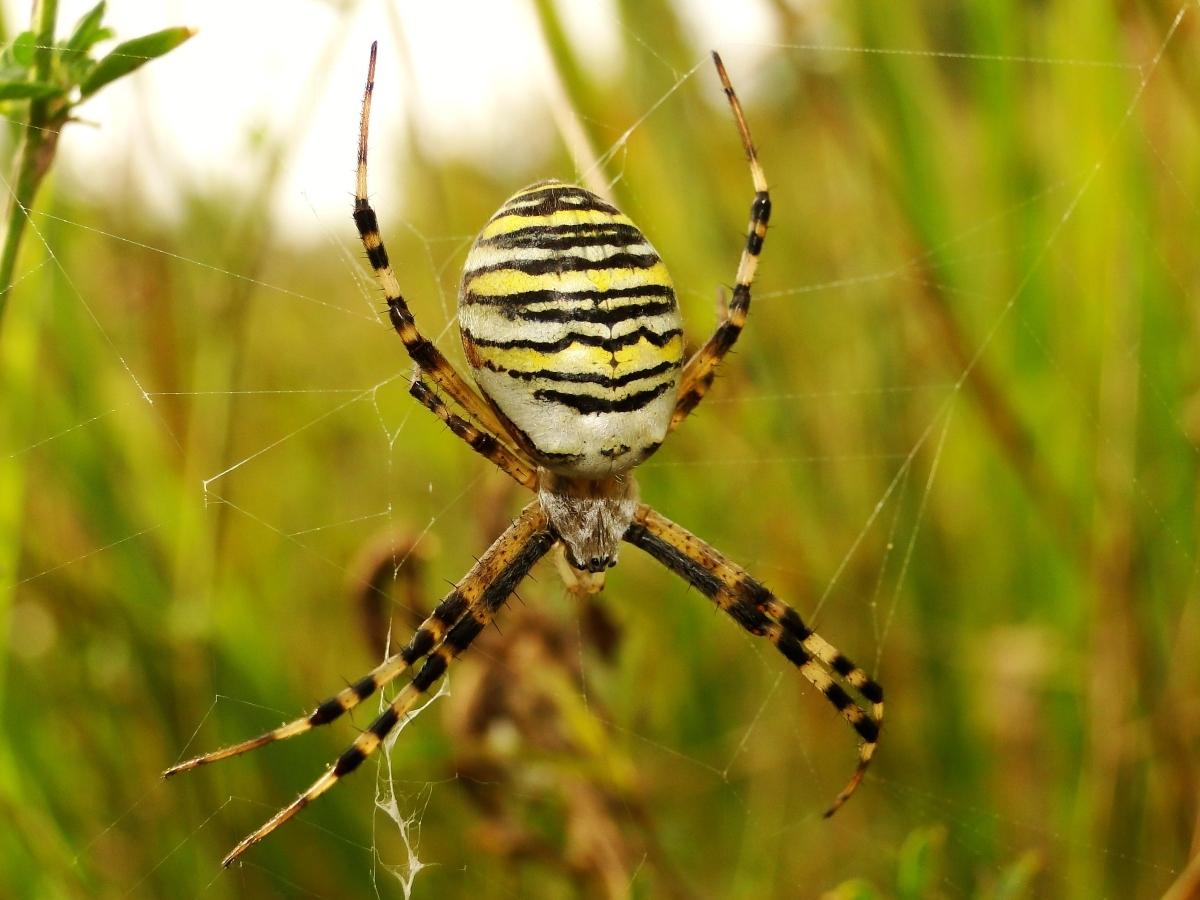A Different Way of Life: Animals That Hang Upside Down
Published June 5 2023, 3:09 p.m. ET
Animals don't always behave like humans, and hanging upside down is a major difference between some wild and domestic animals. If you have ever wondered about the habits of feathered, scaled, or furry friends, check out these animals that hang upside down. What are the reasons why they do this?
A number of birds are known to hang upside down at times, as well as certain primates and other wild creatures. Take a look at these fascinating animals and how they like to hang.
Sloth
Of course, we're all familiar with the sloth as a slow-moving tree dweller. Sloths, both the two-toed and the three-toed varieties, tend to spend a good portion of their lives upside down. According to National Geographic Kids, the two-toed sloths are a big larger than three-toed sloths, and they spend more time upside down.
Parakeets
As The Spruce Pets explains, parakeets habitually hang upside-down for part of their days. Parakeets can also be called budgies, and they're little birds that may have green, yellow, or blue feathers. Birdwatching can be a pleasure when you have a few playful birds at home. They have been known to sometimes sleep upside down and can even turn their heads 180 degrees. Upside-down birds are typically believed to be happy.
Cedar Waxwing
The cedar waxwing, which feeds largely on cedar berries during the winter and on insects during the summer, can handle spending time upside down. The National Wildlife Federation says that cedar waxwings have waxy red tips on their secondary feathers. They may pluck cedar berries from a perch, while hovering in midair, or while hanging upside down.
Bats
Of course, bats are some of the animals most well-known for hanging upside-down. As the Iowa Department of Natural Resources explains, hanging upside down has several purposes. That position helps bats launch into flight since their wings aren't as strong as a bird's. Also, their back claws are structured so that hanging doesn't exert energy.
Bats can hang upside down because they're small enough that blood doesn't pool in their heads as it would for humans. Plus, hanging this way offers security, since bats can sleep in unique places that are harder for predators to reach.
White-breasted Nuthatch
The white-breasted nuthatch and other types of nuthatches can climb up and down tree trunks and branches, often giving them the appearance of hanging while they forage for food. Birds and Blooms says they are "among the most acrobatic bird species." So although they're not technically "hanging" for very long, they are quite agile as they search for food.
Spider Monkeys and Chimpanzees
Spider monkeys can hang upside down by their tails. They have prehensile tails, meaning their tails are able to grasp and hold objects, such as tree branches.
Chimpanzees also spend their time in the trees, at times hanging upside down.
Spiders
A number of spider species can hang upside down. Arachnids like this one can of course spend much of their time upside down in their webs. One study showed that spiders could be sleeping when they hang upside down.



